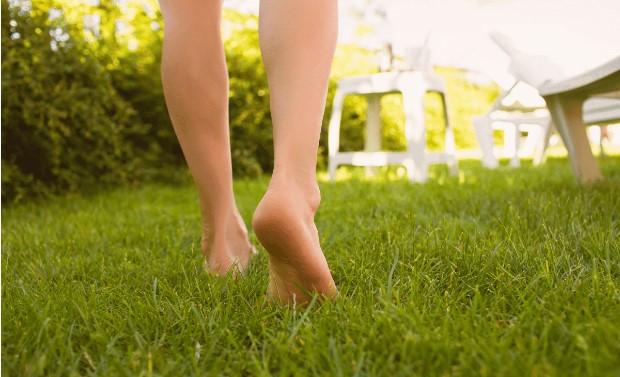
Chiggers, along with lice, are some of our least favorite creatures. Imagine there was a tiny monster in the same family as scorpions and spiders. It was so tiny, in fact, that you could barely see it without a microscope. Yet, this tiny creature was capable of causing insanity-inducing itchy skin.
These creatures exist and while the name “chigger bites” are a misnomer, these horrific little creatures can certainly cause intense itching with their spit. Read on to find out what you can do to avoid or get rid of them. And the old nail polish trick won’t help!
What Are Chiggers?
Their scientific name is Trombiculidae or Trombiculid mites. You may hear them referred to as chiggers, harvest mites, mowers mites, harvest lice, red bugs, and a host of other names. They’re so tiny you almost can’t see them without a magnifying glass or microscope. Chiggers tend to congregate in shady areas with a lot of vegetation. You’ll find them in fresh-cut grass, tall weeds, and overgrown and wooded areas.
One female can lay hundreds of eggs. Once hatched, they all tend to stay in the same area. This is why you can encounter hundreds of chiggers in one general area and not find any just a few yards away. When fully grown, these tiny mites measure only 1/150th of an inch, making them very difficult to see or avoid. And did I mention their cousins with scorpions?
If you’ve ever had a run-in with these little guys, you’re well aware of the uncomfortable effects they can cause. Chiggers leave itchy welts that look like hives, sometimes called chigger bites. In reality though, they don’t bite at all.
Chigger Bites Are Not Bites at All…
The itchy welts left behind by these little red mites are commonly called chigger bites. Technically it’s not a bug bite though.
A chigger larva can attach itself to a human host. They latch on to the skin but they’re so small you won’t feel them. Contrary to many assumptions, they don’t lay eggs in the skin or even bite it.
Instead, chiggers drill microscopic holes into skin cells with their mouth. They then secrete specialized salivary enzymes (aka- spit) onto the skin. See… not technically a bite (I know, I know, too-may-toe, to-mah-toe).
These enzymes cause the skin to break down. So the chiggers can essentially slurp up the decaying skin through a straw-like tube called a stylostome. Disgusted? I was too.
Symptoms of Chigger Bites
- Many insects and plants can cause an itchy skin rash so it can be tough to know if it is chiggers or something else. Here’s what to look for to know if you’ve been attacked by these pesky larvae:
- Initial itching in areas that may have been exposed to chiggers in tall grass, woods, wet, or shady areas.
- Chiggers tend to target more delicate skin folds around the ankles, waist, groin, and behind the knees
- The itchy blisters are most common around the waist and lower legs. These are the easiest for chiggers to reach
- What starts as itching soon becomes red bumps that can look like small blisters or pimples.
- These itch intensely for 24-48 hours and take about 2 weeks to fully go away. They start to crust over and may have a scab for several weeks.
- The initial itching may be bad enough to keep you up at night (I can vouch for this!)










